Developing a multiplayer game, especially a competitive multiplayer game, is an incredibly complex and complicated endeavor. It’s one thing to want players to be able to compete against others who are of a similar skill level on paper, but it’s another thing entirely to actually create a game that does so. Even so, many modern multiplayer titles strive for an equal balance of competition and fun to ensure that matches feel fair to players.
Many games work toward that end by incorporating skill-based matchmaking, a system that aims to match players with others of a similar skill level to make matches feel more fun. Apex Legends is one of the games that use skill-based matchmaking, frequently abbreviated as SBMM. Its inclusion has been controversial from the start, prompting criticism primarily from high-level players and defense from the game’s development team at Respawn Entertainment.
So, just what is skill-based matchmaking, how does it function in Apex, and why does it seem to make everyone angry?
What is skill-based matchmaking (SBMM)?
Skill-based matchmaking isn’t a singular object, but rather a set of systems put into place that helps govern how a game places players into lobbies and pits them against other players. The systems put into place differ from game to game: for example, the skill-based matchmaking used to match players in Apex is different from the one used in Overwatch 2, which is different from the one used in Call of Duty: Warzone 2, and so on. No two games are perfectly alike.
Simply put, skill-based matchmaking ensures that matchmaking isn’t entirely random. If there were no systems in place, Apex lobbies could include a mix of players with wildly different K/Ds, win counts, and more. With SBMM, players are more likely to find themselves paired with teammates—and pitted against enemies—who are similar to their skill level in these regards. (Well, as close to a true estimate of skill that stats are capable of giving.) These systems often use some sort of matchmaking ranking, also known as an MMR, as well as algorithmic or machine learning elements to keep their games fair.
Including SBMM in a multiplayer game doesn’t guarantee that it will feel completely fair to players, but it does increase the odds. This definition only scratches the surface of everything that SBMM’s systems have to do to create a gameplay loop that brings players back over and over again.
How does SBMM function in Apex?
As most Apex players will tell you, it’s difficult to define “skill” in the game. Is it good map sense, like knowing when to rotate or how best to avoid the Ring? Is it pure mechanical aim and reaction time? Is it being able to use a wide variety of legends and weapons competently? Is it K/D? These are all elements that have to be considered when defining a player’s skill, and some of them aren’t easily quantified.
In October 2022, Apex technical director Samy Duc penned an enlightening thread on matchmaking in response to a question from professional player Albralelie. He explained that while both ranked and unranked (or “pubs”) matches use SBMM, only ranked has a visible indicator of progression: your tier, which lies anywhere from Bronze to Apex Predator.
While most players use ranked tiers as a definitive indication of skill, it’s actually not tied very closely to the game’s numeric sense of what your prowess is. That is indicated by the skill rating, a calculation hidden to players that defines how good they are to the game’s matchmaking system. In Duc’s words, “This is where most of the secret sauce is made.” Skill rating is used by pubs and ranked matches to match players of similar skill levels together with the goal of creating a more even match for everyone. It takes match RNG into account as well as a variety of other elements.
In a more recent response to professional player Snip3down, Duc explained that the development team at Respawn is currently reevaluating the SBMM system that Apex uses. He explained that right now, when players group up together in a squad, the systems in place take the highest skill rating and use it to match them against other squads. That won’t be the case for much longer, though: Duc also shared that soon, the system will be adjusted and may take other factors into heavier consideration. Players interested in the adjustments being made will have to wait until the end of 2022 or the beginning of 2023 for more information.
Why is SBMM controversial in Apex?
Despite the noble goal of making a game that’s fun for everyone to play, Apex’s SBMM has been under fire from all directions for years now. Most of the discussion is prompted by professional and high-level players like Albralelie and Snip3down, who feel as though they shouldn’t have to “sweat” or try very hard to simply play a match. Their skill rating is so high that even if they play with others who aren’t as skilled, their squad is placed in Master and Predator lobbies, resulting in a poor experience for their teammates.
This is what drives some players to smurf, or create low-level accounts to play with their friends. While some players smurf to destroy players in lower-ranked lobbies, some do it so their friends don’t have to suffer through high-skill lobbies. In the tweet that Duc responded to, Snip3down expressed frustration at the fact that he couldn’t play Apex pubs with his wife without encountering Predator players who were much more skilled, which led to a bad experience for the two of them.
Some players, like Albralelie, have expressed confusion as to why SBMM is incorporated into both ranked and pubs matches rather than just ranked. “Personally I like playing against people of equal skill 99% of the time. But sometimes you just wanna lean back and take it easy with your [real-life] homies who [don’t] game often,” he tweeted in October. Modes that don’t include SBMM would increase the chances that Albralelie and his friends would encounter lower-skilled lobbies where they can “chill,” but it would also increase the possibility that casual players would run across high-ranking enemies, which can be so frustrating that it makes some players quit.
SBMM is an oft-misunderstood and maligned component of multiplayer game design. The often-opaque nature of AAA game development will likely keep it that way, if only to prevent its own systems from being exploited by players. Until Duc or Respawn reveal what the upcoming changes to the system are, there’s no way to know what the future of SBMM in Apex will be. But understanding where it came from and why it exists is the first step in getting a better picture of the way the game functions as a whole.


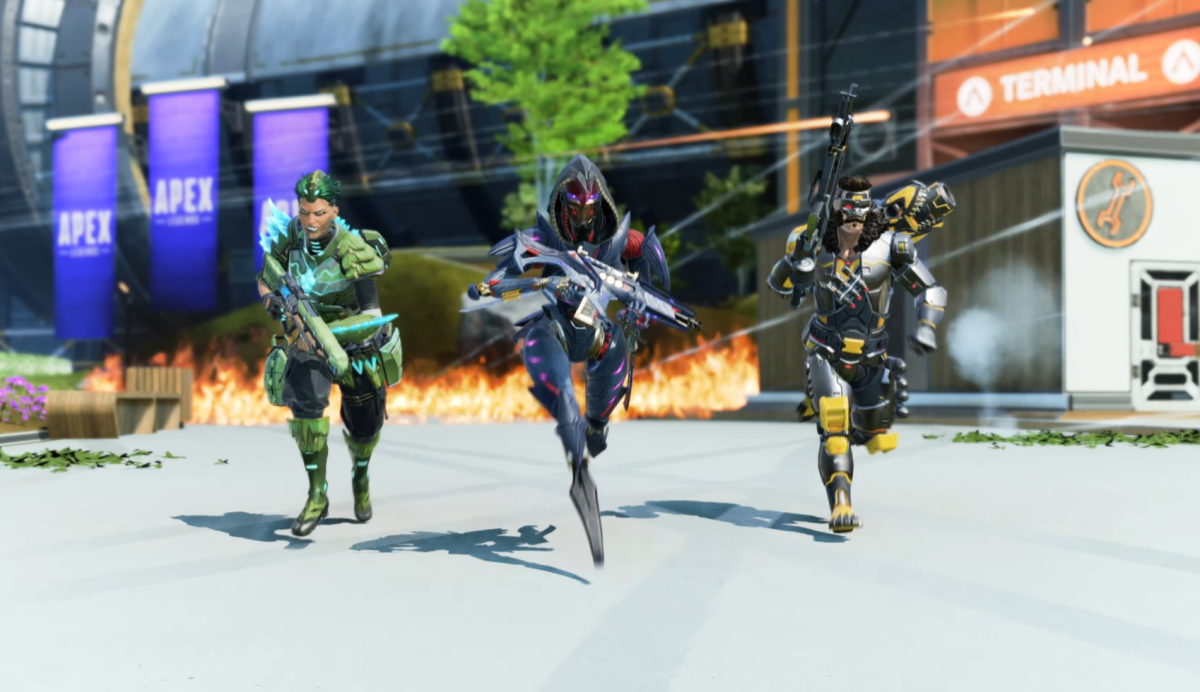
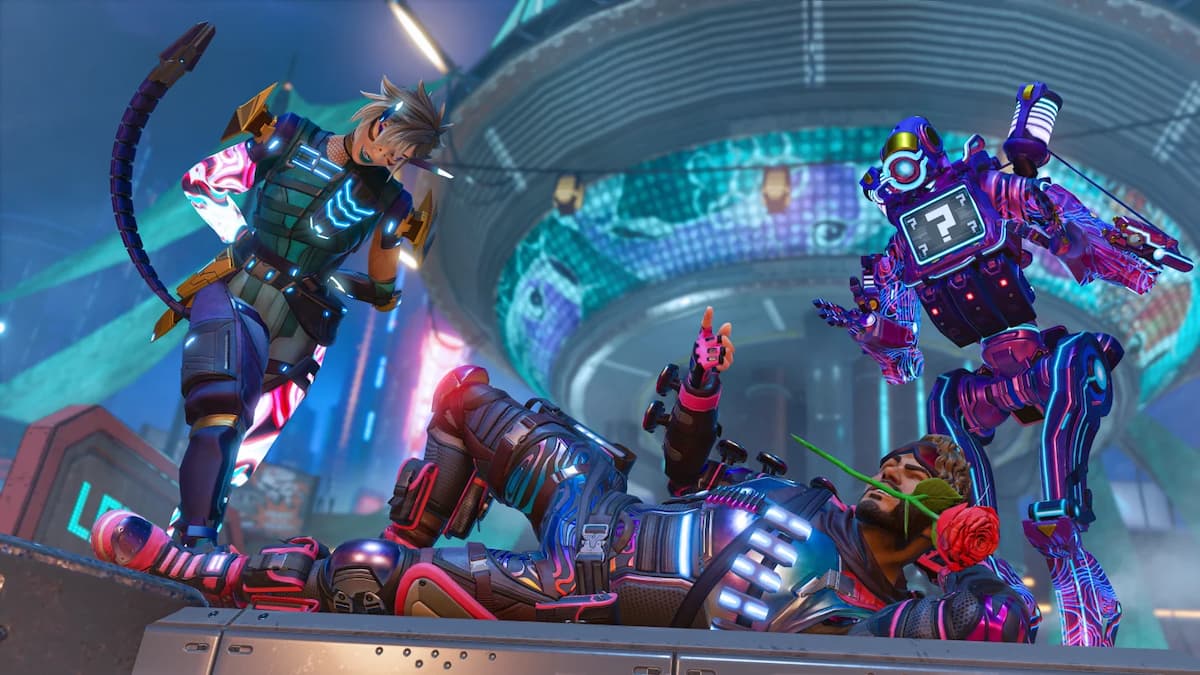

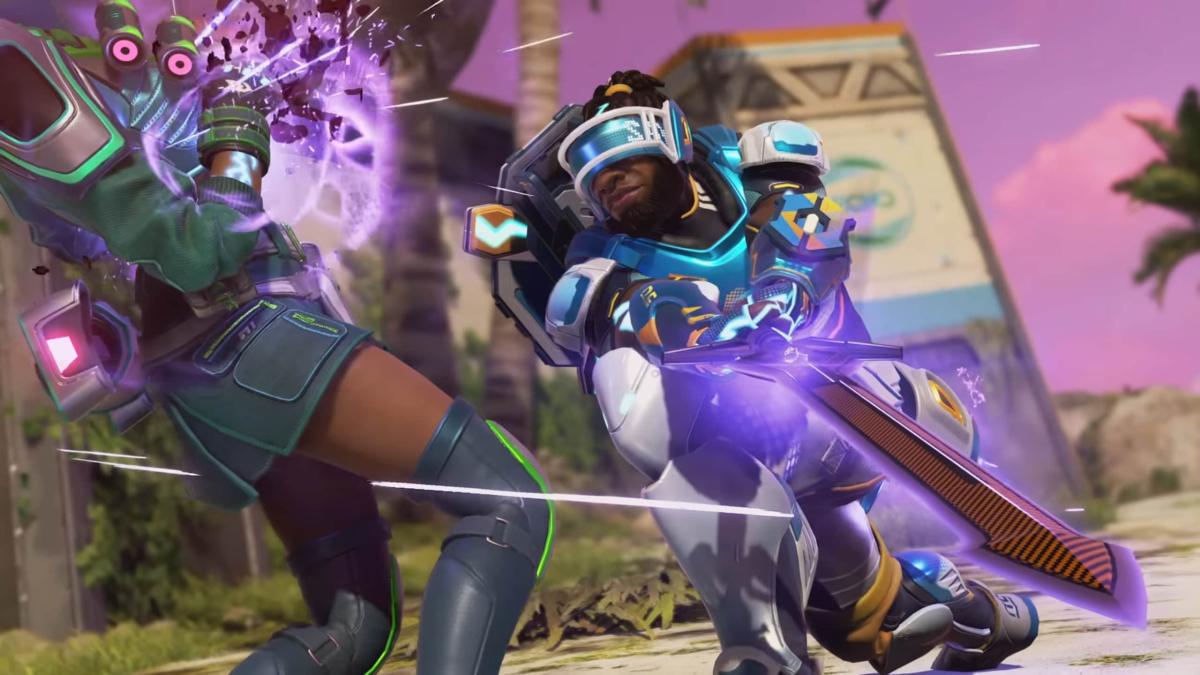

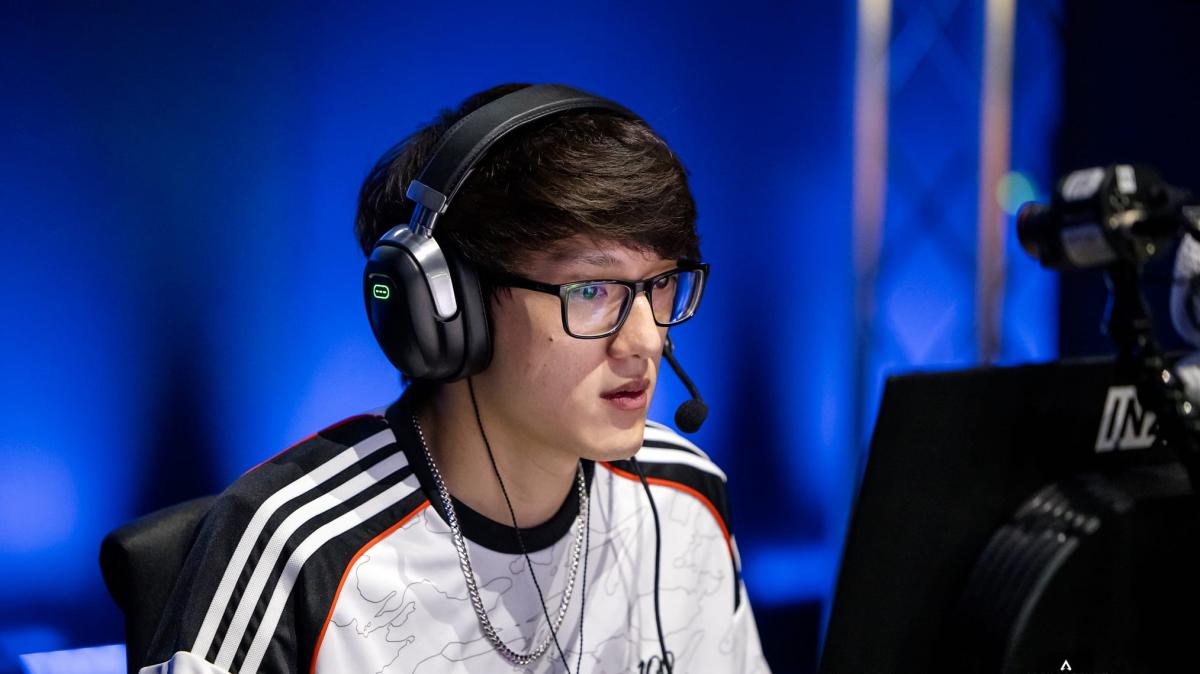
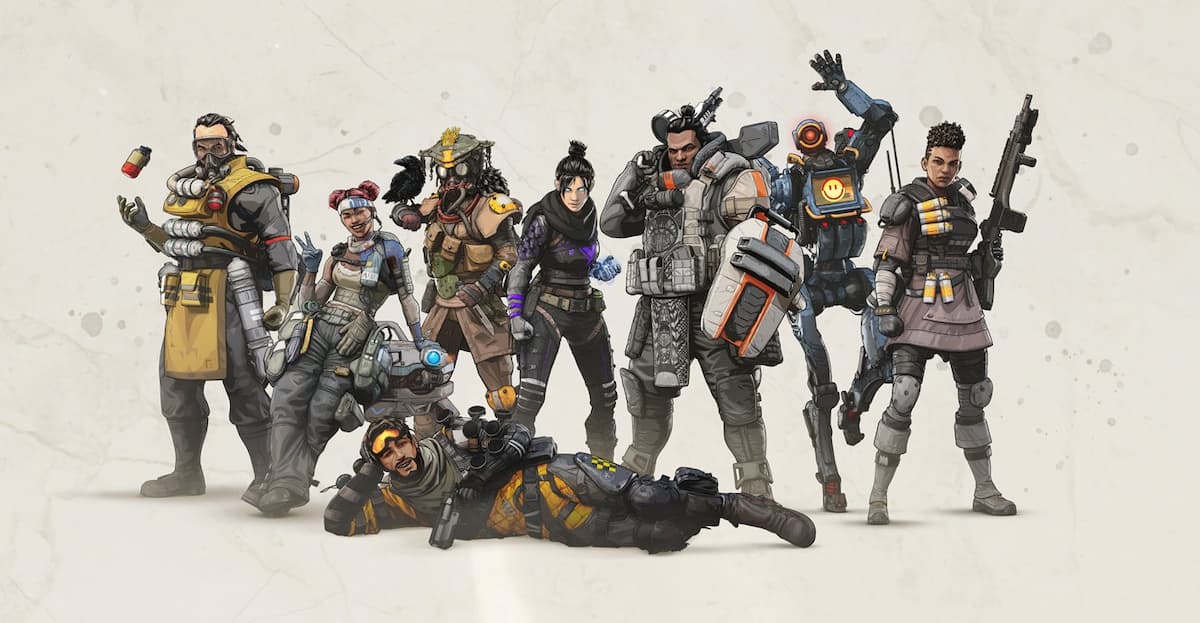
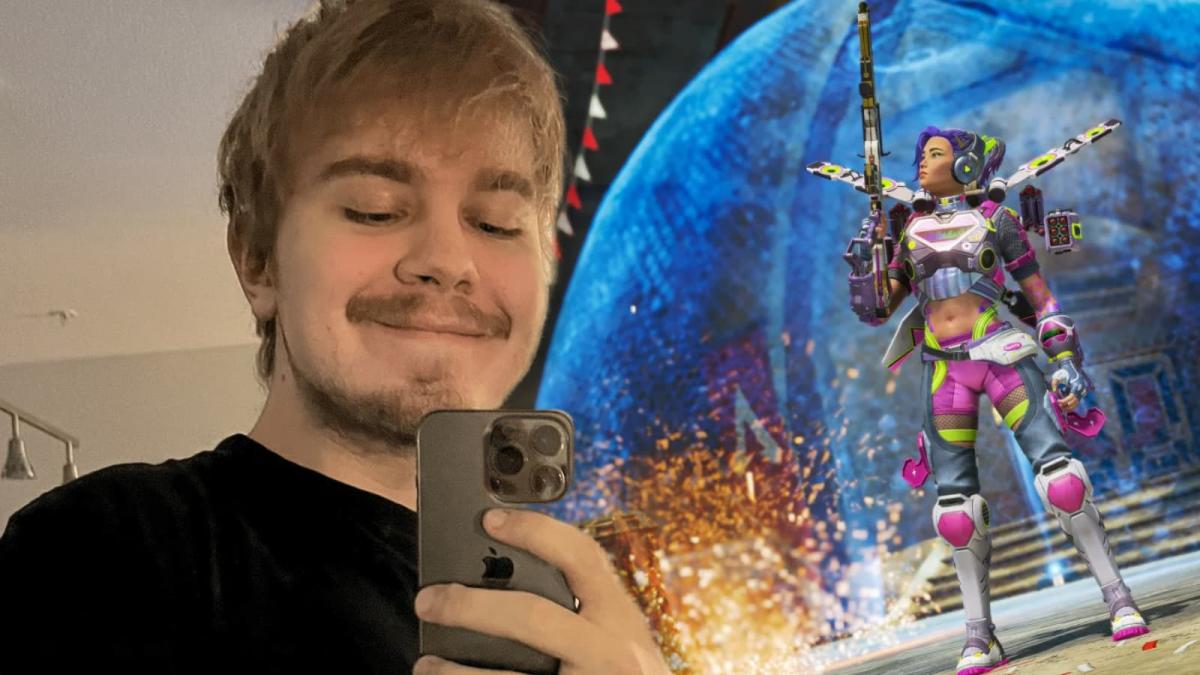

Published: Nov 22, 2022 05:46 pm